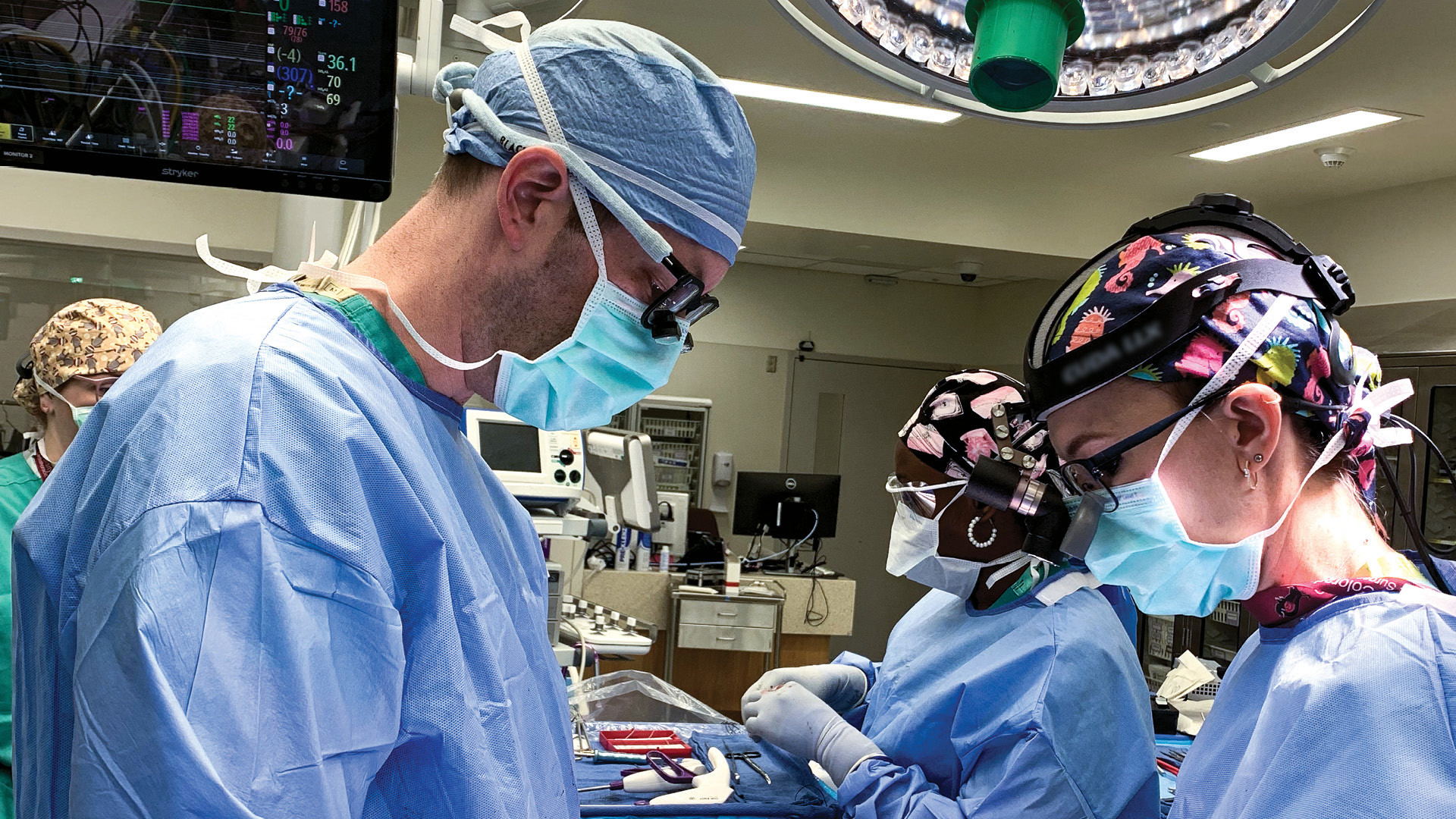ACS STOP THE BLEED®: Past, Present, and Future—a Special Session at the ACS Committee on Trauma (COT) 2024 Annual Meeting, March 6–9, in Chicago, Illinois—featured a sneak peek at an upcoming version of the STOP THE BLEED didactic (in-person and virtual) course and outlined opportunities for expanding the program.
More than 550 members of the central and regional COT attended the meeting, which was open to COT members only. The meeting provided updates from the Advocacy, Quality, Injury Prevention, Systems, and Education Pillars, in addition to Spotlight Discussions, which are designed to enhance collaboration and networking opportunities while serving as a conduit for feedback on targeted topics.
Since the STOP THE BLEED initiative launched in 2017, the program, sometimes referred to informally as the “CPR of bleeding,” has prepared more than 3.7 million individuals worldwide to control bleeding in an emergency. Ultimately, the goal of the program is to prepare every American in basic bleeding control techniques and install bleeding control kits in every public venue, including schools, community centers, and stadiums.
STOP THE BLEED Version 3
A multidisciplinary workgroup comprising 28 healthcare professionals, including representatives from emergency medical services, nursing, social work, group emergency medicine, and surgery, developed the updated didactic STOP THE BLEED course, which will be released at Clinical Congress 2024 in San Francisco, California.
“We adhered to three principles when discussing how we were going to change the slide set,” said Kenji Inaba, MD, FACS, FRCSC, Chair of the ACS STOP THE BLEED Steering Committee:
- Emphasize pictures over words
- Explain basic physiology—how do pressure, packing, and a tourniquet stop bleeding?
- Create a course that could be tailored with inserts
“We went from version 2 of the STOP THE BLEED course with more than 400 independent English words to fewer than 60 in version 3,” Dr. Inaba said. The ACS commissioned an award-winning medical illustrator, who has produced design work for the Smithsonian and other notable institutions, to help develop the images in the new version.
“We took the time to design different things that would apply to injuries that would occur not just here in Chicago, but in Ukraine, Tokyo, and all around the world,” explained Dr. Inaba, noting that the STOP THE BLEED course is now available in more than 150 countries. “We’re hoping that this pictures-over-words method of teaching will make it much easier for us to export this globally.”
The second guiding principle—provide users with a brief anatomy lesson—involved adapting course FAQs into pictorial representations. “We can use these pictures to explain an injury to the abdomen or the thoracic cage or a junctional injury…and how those could be dealt with. We really wanted to use pictures to go over the physiology so that we know why we're doing what we're doing,” Dr. Inaba said.
Create customizable PowerPoint presentations—the third guiding principle—gives instructors the flexibility to develop a presentation that is applicable to specific geographic locations or practice types.
A key component of the version 3 rollout this fall is a revitalized branding strategy, featuring a new STOP THE BLEED logo.
“I would suspect that virtually everybody in this room has received communication from other competitors in the bleeding control space. And it is really important to distinguish ourselves from these other organizations…to highlight all of the work that’s been done,” Dr. Inaba said, noting that the finalized logo will be available in different colors and patterns.
Two STOP THE BLEED initiatives in development this summer include integrating the instructor slides into a main course that will replace the separate instructor module. In addition, developing requirements for participation in the ACS Safe Communities and ACS Safe Organizations initiatives will help support equipment access, prevention efforts, as well as teaching and maintenance of competency.














